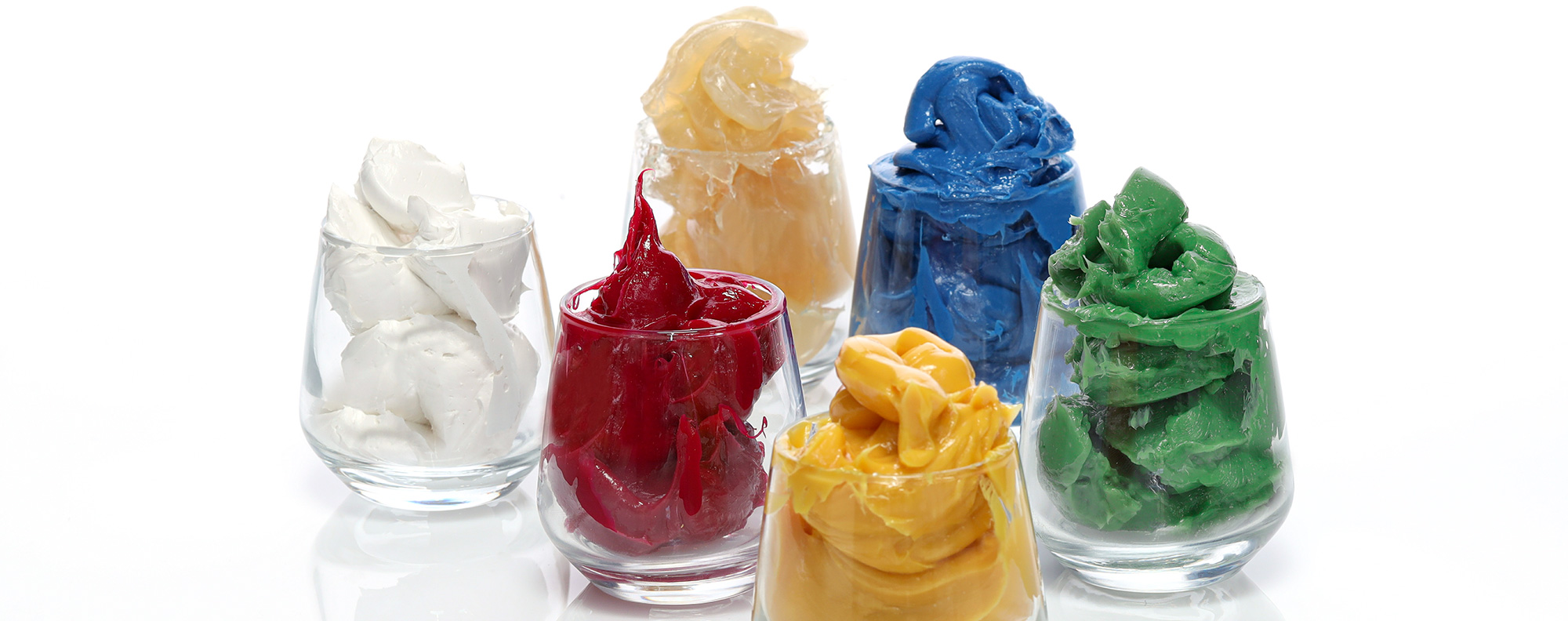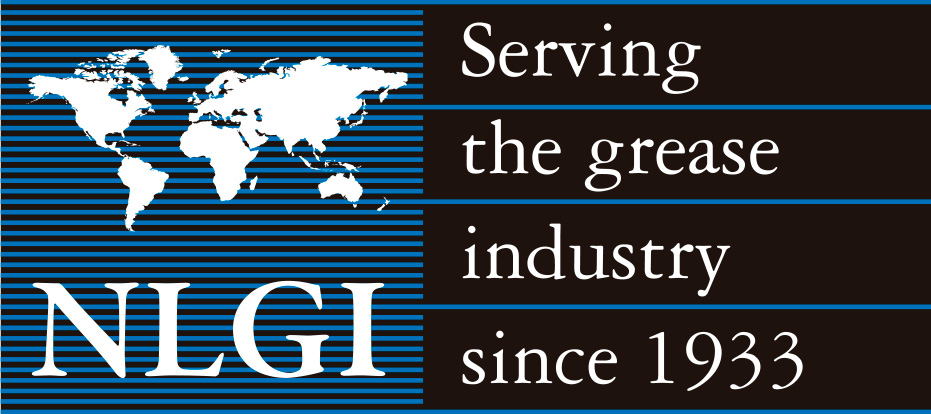NLGI Production Survey: Analyzing Global Grease Production Trends

Introduction
The NLGI Production Survey is an annual voluntary submission that provides a comprehensive overview of global grease production. This survey serves as a valuable resource for industry professionals, offering insights into grease production trends across various categories such as geographic region, thickener type, and base oil type. In this article, we will explore the key findings from the NLGI Production Survey and highlight the significant aspects of global grease production.
Key Insights from the NLGI Production Survey:
Global Grease Production Overview:
Global grease production has remained relatively stable over the past decade, averaging just over 1.14 billion kg.
The COVID-19 pandemic caused a significant decline in production in 2020, but there was a recovery in 2021 to 1.14 billion kg.
However, the reporting for 2022 experienced a decrease due to poorer participation.
Regional Analysis:
North America accounts for 15.3% of global grease production. While it experienced a slight increase, the real growth was offset by a drop in participants. The region has witnessed a declining trend in production, with a compound annual growth rate (CAGR) of -1.3% over the past 11 years.
Europe represents 18.7% of global grease production. The region showed a recovery from the impact of the pandemic in 2020. However, it lost participants in 2022, affecting the reporting. Europe's production has been increasing steadily, with a CAGR of +1.8%.
Latin America experienced a notable 13% increase in grease production, primarily attributed to changes in participants. The region accounts for 3.8% of global production.
Africa and the Middle East reported a 25% lower production due to decreased participation, contributing 3.5% to global grease production.
India's share in global grease production was 6.1%. Unfortunately, the reporting for 2022 dropped by 27M kg (30%) due to a lack of participation. This decline was partially offset by real growth.
Japan's contribution to global grease production stood at 7%, with production levels relatively unchanged.
The Pacific and Southeast Asia region accounted for 7.6% of global grease production and experienced a 5% increase due to real growth.
China continued to dominate global grease production, representing 38.1% of total production. Its production remained greater than the combined production of Europe and North America. Notably, China witnessed a 2.7% decrease in production.
Grease Production by Thickener Type:
Lithium-based greases, including simple lithium and lithium complex, remain the dominant thickener types, comprising 43.09% and 18.97% of total production, respectively.
The survey revealed a continuing trend of decreasing production in both simple lithium and lithium complex greases.
Calcium sulfonate greases demonstrated a compound annual growth rate (CAGR) of 11.1% and accounted for 4.84% of global grease production. Anhydrous calcium soap greases saw a resurgence, increasing by nearly 2.5% from 2021.
Aluminum complex thickeners and polyurea thickeners showed slight growth in their respective market shares.
Polyurea grease production accounted for nearly 7.5% of all thickeners in 2022, with a compound annual growth rate (CAGR) of +3% over the 12-year period.
The overall trend suggests a shift towards lithium complex thickeners and calcium sulfonate greases, while simple lithium grease production has been declining.
Grease Production by Base Oil Type:
Mineral oil continues to dominate as the most commonly used base oil, representing 87.23% of global grease production.
Synthetic base oils account for 7.97% of production, while semi-synthetic and bio-based oils make up smaller percentages.
Non-conventional base oil types have been steadily increasing in production over the past 12 years, with full synthetic oils leading the way.
The use of bio-based oils is also on the rise, surpassing 1% globally.
Conclusion
The NLGI Production Survey offers valuable insights into the global grease production landscape, highlighting significant trends and shifts within the industry. Based on the statistical numbers presented, several conclusions can be drawn:
- Global Grease Production: Despite the stability observed over the past decade, the COVID-19 pandemic had a notable impact on production in 2020. Fortunately, there was a recovery in 2021. However, the decrease in reporting for 2022 raises concerns about data accuracy and participation rates.
- Regional Analysis: The regional analysis reveals a mixed picture. North America's declining trend in production and Europe's steady growth underscore the evolving dynamics in these regions. Latin America's notable increase and Africa and the Middle East's decreased production highlight the influence of participant changes. India's drop in reporting and Japan's relatively unchanged production indicate specific regional challenges.

- Thickener Types: The dominance of lithium-based greases, particularly simple lithium and lithium complex, suggests their widespread use in the industry. However, the decreasing production trends due to availability issues in these categories warrant attention. Calcium sulfonate greases have shown promising growth, while aluminum complex and polyurea thickeners demonstrate slight upward trends.
- Base Oil Types: Conventional mineral oil remains the primary choice for grease production globally, but the increasing usage of non-conventional base oils, especially synthetics and bio-based oils, signals a shift towards alternative options. This trend reflects the industry's focus on environmental sustainability and performance enhancements.
In conclusion, the NLGI Production Survey serves as a crucial tool for understanding the evolving landscape of grease production. Industry professionals can leverage these insights to identify emerging trends, make informed decisions, and adapt their strategies to meet changing market demands. However, ensuring consistent participation and improving data accuracy are essential for maintaining the survey's reliability and maximizing its value to the industry.

